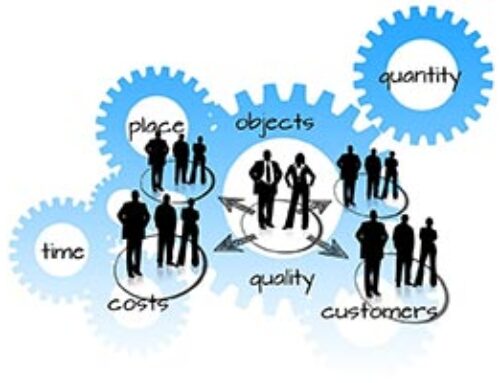
……This Week in HealthCare
By Fred Binczewski | MHA fredb@uprisecg.com | Click Here to download this article (pdf).
January 18, 2021
Do’s and Don’ts regarding Matching Patient Records across Providers
In a previous edition of ….This Week in HealthCare, we discussed the mechanics and importance of the registration process as a part of the patient cycle. The attention to patient demographics and detail in a recurring environment are most important. In this edition, we will look at the ramifications of this data as it is created and delivered on various software platforms and the initiative to not only accurately organize but exchange, replicate and standardize this health information as it is shared amongst providers.
During this time of Covid variants as well as in general patient care, patient information shared and exchanged between providers must match accurately and replicated consistently and without fail. The basic process occurs when record matching, either done manually or automatically share demographic information, such as the patient’s name, date of birth, or sex. In many cases according to the National Coordinator for Health Information Technology (ONC), providers rely on software that automatically matches records based on the records’ demographic information when receiving medical records electronically.
Software can also identify potential matches, which staffing then manually reviews to determine whether the records correspond to the same patient. Information also suggests that in real time inaccurate, incomplete or inconsistently formatted demographic information in the records of patients can pose patient cycle challenges to accurate information matching. Instances where this can cause inaccuracies include when individuals may use a nickname rather than a legal name for identification or when information technology (IT) systems and providers require and use different formats for keying identifier information such as the use of hyphens for names of patients.

In an attempt to bring consistency to the process of formatting demographic information into electronic health records (EHR), Provider stakeholders have found it advantageous to combine efforts across several hospitals in an effort to standardize and implement processes for how staffing records patients’ demographic information. This brings an increased ability to match patient medical records automatically with little manual intervention.
It has been documented extensively that the ability to accurately match patient medical records across different providers is necessary and critical to health information exchange. The impact from this designates a true benefit for patient care. When these records are matched accurately, providers have the latest and most up to date information regarding the past care of any patient. This would include lab results, medications and their diagnoses of all medical conditions. On the contrary, when these records are not matched accurately, patient care suffers.[1] The following depicts the two ways where patient records are not accurately matched:
- Records for different patients are mistakenly matched. Also known as a “false positive”, this scenario can impact safety and privacy issues for patients. Physician decisions can be based on the wrong patient’s diagnosis and treatment can be inadvertently given to the wrong patient. Furthermore, if the wrong medical information is added to another patient, any viewing of this could result in disclosure of this information to unauthorized providers or patients.
- Records for the same patient are not matched. Also known as a “false negative”, this scenario can also impact safety and lack of quality care for the patient. Patient’s medical history may be missing such as prior diagnostic test results and medications given resulting in poor efficiencies of patient care. Replication of lab tests may be given with unnecessary, in some cases adverse events originating from the lack of accurate records.[2]
Some of this confusion can be also attributed to the many choices provider hospitals and healthcare organizations have when looking for a new platform purchase. Software platforms such as MediTech, Epic and Cerner along with dozens of others may have some similarities but also exhibit many subtle and distinctive differences that have an impact on the exchange of information across organizations. Information and data on some platforms must be entered according to specific rules and algorithmic parameters while others use a community based approach across several organizations where specific changes must be courted through a cloud based authorization process.
In closing, the advent of AI, artificial intelligence as well as the implementation of 5G, bandwidth information technology and networking is seen as a positive for the future. These tools are and will continue to be the driving forces in an effort to standardize and transform the healthcare environment platform for accurate and consistently manageable patient records across all provider networks.
This ….This Week in HealthCare is dedicated to all healthcare workers providing the best care possible to all of us in this time of Covid. Stay safe and diligent.
See you all next time…….This Week in HealthCare
To learn more about how we can help you with this topic or other healthcare questions please send us a message at the following:
Uprise Consulting Group, Inc., Eliminating Denials Today, Tomorrow and into the Future.
Together, We are paving a road for the Best Patient Experience. Learn more at www.UpriseCG.com
Visit us on LinkedIn





